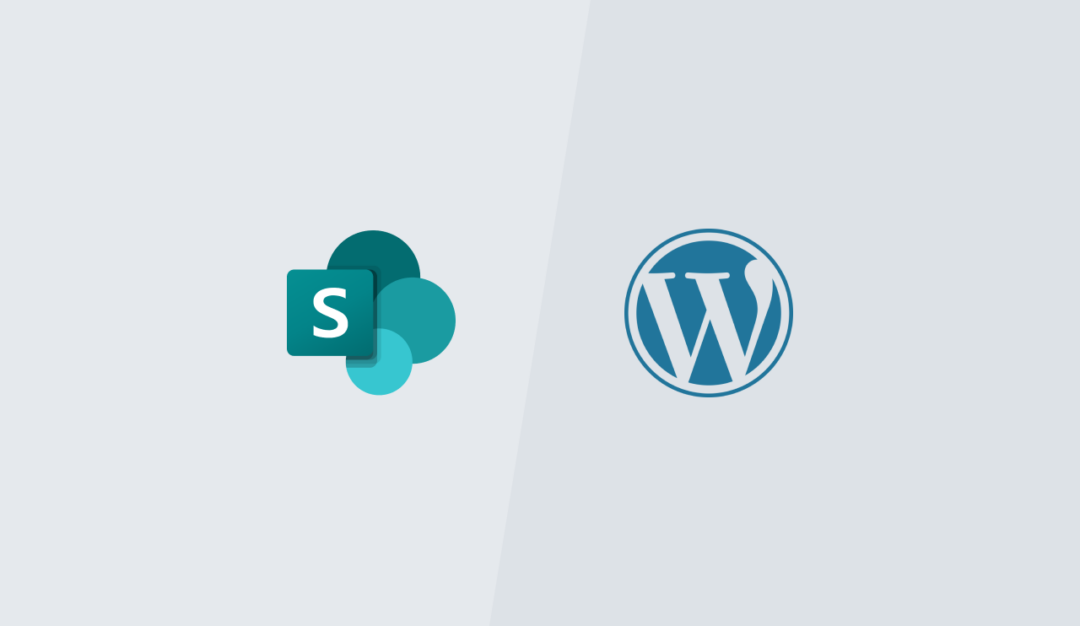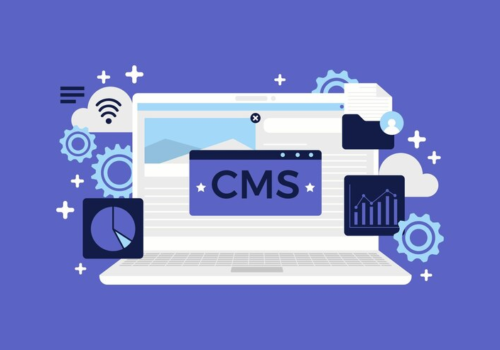SharePoint vs WordPress: Detailed Guide
In the digital era, choosing the right platform for your website or intranet solution is crucial for business success. SharePoint and WordPress are two leading platforms, each with distinct features and capabilities. This article provides an in-depth comparison of SharePoint and WordPress, helping businesses make informed decisions.
Overview of SharePoint
SharePoint, a product of Microsoft, is widely recognized as a robust platform for intranet and document management. It offers extensive features for collaboration, content management, and business process automation, primarily targeting enterprise-level users.
Overview of WordPress
WordPress, on the other hand, is a popular content management system (CMS) known for its ease of use and flexibility. It is highly favored for website creation, blogging, and e-commerce, catering to a wide range of users, from individuals to large businesses.
Key Features Compared
- Customization. SharePoint offers a high level of customization through SharePoint Designer and custom development, catering to unique business needs. WordPress, with its wide array of themes and plugins, stands out for easy and extensive customization possibilities, making it a favorite for those seeking personalized website designs;
- User Interface. The user interface in SharePoint is complex and more suited for users with technical knowledge, emphasizing enterprise-level functionality. In contrast, WordPress boasts a user-friendly interface that is accessible and intuitive, even for those without technical backgrounds, simplifying website management and content creation;
- Security. SharePoint provides robust security features, making it an excellent choice for handling sensitive corporate data and ensuring compliance with various regulations. WordPress, while secure, demands regular updates and vigilant maintenance to protect against potential vulnerabilities, which is crucial for maintaining website integrity;
- Integration Capabilities. SharePoint excels in its seamless integration with various Microsoft products and other enterprise applications, enhancing productivity and workflow. WordPress, on the other hand, offers extensive integration capabilities with a multitude of third-party services and tools, allowing for a more versatile web presence;
- Cost Considerations. SharePoint is generally more expensive, targeting larger businesses that require comprehensive and advanced features. WordPress, offering a free version, becomes cost-effective with additional expenses mainly related to premium themes, plugins, and hosting services, making it a budget-friendly option for many users.
Pros and Cons
- SharePoint. SharePoint stands out for its advanced collaboration tools, strong data security and management, and seamless integration with Microsoft products, making it ideal for complex enterprise environments. However, these benefits come with a higher cost and a steeper learning curve that might be challenging for some users;
- WordPress. WordPress is highly favored for its user-friendly interface, making it accessible to a wider audience, and its extensive customization options through a vast library of themes and plugins. The platform also enjoys large community support. On the flip side, WordPress requires regular maintenance to ensure optimal security and might be less suited for more complex, enterprise-level requirements.
Use Cases and Suitability
SharePoint is ideal for large enterprises needing comprehensive document management and intranet solutions. WordPress is more suited for businesses seeking an easy-to-use platform for websites and blogs.
SharePoint vs WordPress: Comparison Table
| Feature | SharePoint | WordPress |
|---|---|---|
| Customization | High | Very High |
| Interface | Complex | User-Friendly |
| Security | Robust | Good with Maintenance |
| Integration | Strong with Microsoft | Extensive Third-party |
| Cost | Higher | Lower |
TYPO3 vs WordPress: A Focused Comparison
Another significant comparison in the world of content management systems is between TYPO3 and WordPress. This section will explore their differences, focusing on areas such as usability, customization, and ideal use cases, providing a unique perspective alongside the SharePoint vs WordPress comparison.
- Usability. TYPO3 is known for its robustness and is often chosen by enterprises for its scalability and multilingual capabilities. It has a steeper learning curve compared to WordPress, making it less suitable for beginners or small-scale users. WordPress, renowned for its ease of use and user-friendly interface, is a go-to choice for bloggers, small to medium-sized businesses, and even some large organizations;
- Customization. While TYPO3 offers a high degree of flexibility and is highly customizable, it often requires technical expertise to fully exploit its potential. It caters well to complex websites and large corporate portals. WordPress, with its vast repository of themes and plugins, allows for easy customization, making it ideal for users who prefer a simpler, more intuitive approach to website design and functionality;
- Security. TYPO3 has a strong emphasis on security and is known for its robust architecture, making it a reliable choice for businesses concerned with data protection. WordPress, while secure, requires proactive management and regular updates to safeguard against vulnerabilities;
- Ideal Use Cases. TYPO3 is particularly well-suited for large-scale enterprise websites and applications that require extensive functionality and multilingual support. WordPress, on the other hand, is versatile enough to cater to a wide range of websites, from simple blogs to complex e-commerce sites, but is particularly favored by those seeking ease of use and quick deployment.
Conclusion
The choice between SharePoint and WordPress depends on the specific needs and scale of your business. SharePoint excels in enterprise-level solutions, while WordPress is more adaptable for general website creation.





